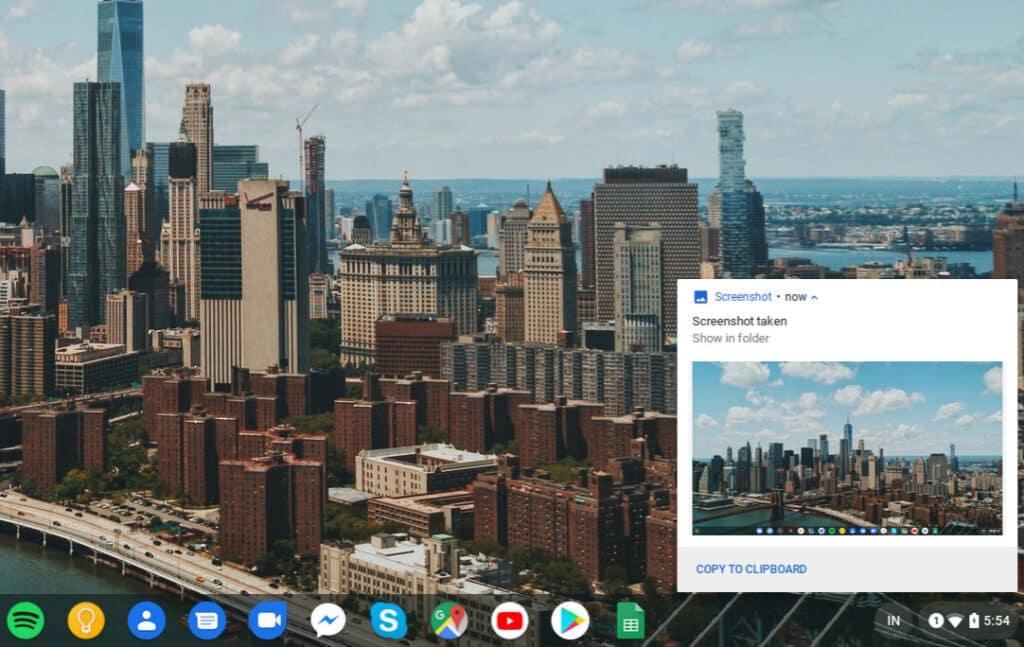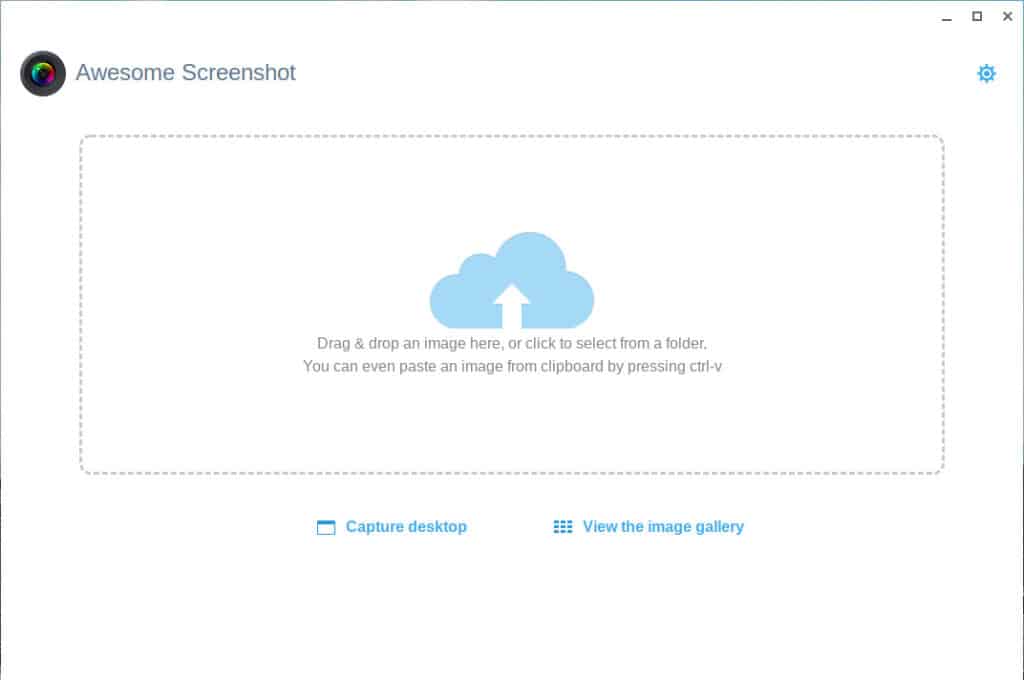Chrome OS is Google’s attempt at a desktop operating system based around the Chrome web browser, built on top of the Linux kernel. In this tutorial, we’ll learn all the different ways to take screenshots on Chromebook and Chrome OS tablets and convertibles.
Screenshots have become quite popular now in the age of the Internet and smartphones. Maybe you want to show your amazing desktop setup on that new geeky forum or show something on your screen to your friend. Screenshots can be quite convenient. Any modern operating system must make it easier for users to not only take screenshots but also annotate and share them.
We’ve seen all three major OS companies get serious about screenshots. Apple introduced related features in its operating systems recently, and Google followed suit with the screenshot markup tool in Android Pie. Microsoft has also been trying to rework the outdated screenshot tools in Windows. Chrome OS is relatively new and was born in the modern world. Therefore, it already has built-in functionality to make it easier to take screenshots on a Chromebook.
Steps to take screenshots on Chromebook
Chrome OS is Google’s proprietary operating system, only available on Chromebooks or other Google-certified devices. Unlike Windows machines, Chromebooks do not have a dedicated screenshot key. The method only involved pressing two buttons at once, like you would press the Windows and PrtSc keys on Windows. On Chromebooks, you have to press Ctrl and the ![]() (Show windows) keys together.
(Show windows) keys together.
Similarly, to take a partial screenshot, press Ctrl + Shift + ![]() (Show windows) and then click and drag to select the area of the screen you want to take a screenshot of. The Show window key is generally the 5th or 6th key in the top row, between the Full Screen and Brightness Down keys.
(Show windows) and then click and drag to select the area of the screen you want to take a screenshot of. The Show window key is generally the 5th or 6th key in the top row, between the Full Screen and Brightness Down keys.
If you’re using a Chromium OS build or a fork of it on a Windows laptop, and trust me, there are many advantages of doing so, you won’t find the Show Windows key on your keyboard. In that case, you can use the Ctrl and F5 keys to take a screenshot and Ctrl + Shift + F5 for a partial screenshot. You’ll still have to click and drag to select the area of the screen that you want to take screenshots of.
Don’t Miss: How to Run Chrome OS from a USB Drive
Taking screenshots on Chrome OS
Chrome OS isn’t just limited to laptop form factors and is also available on devices with touchscreens, which are convertible into tablets or even pure tablets. A tablet or a convertible that has been folded into tablet mode doesn’t have an accessible hardware keyboard. Well, Chrome OS not only supports Android apps but it also supports the native screenshot key combination used on Android smartphones and tablets. To take a screenshot, you have to press and hold the Power and Volume down buttons together.
Where is your screenshot saved?
Like you do on Android, you also get a notification on Chrome OS whenever you take a screenshot, but with an option to COPY TO CLIPBOARD. This makes it easier to share your screenshot since many websites or apps support pasting images from the clipboard to upload or send them. As for where exactly the captured screenshot is saved, Chrome OS automatically saves captured screenshots in the Downloads folder.
The captured screenshot is stored in the PNG format to preserve all the details and is named according to the date and time it was taken. For instance, Screenshot 2019-03-05 at 4.45.37 PM.png.
Use Chrome OS Extensions and apps
If you don’t find the basic built-in functions enough for your needs, you can extend the functionality with Chrome extensions. There are plenty of extensions available for Chrome dedicated to taking screenshots. The best one, according to many, to use on a Chrome OS machine is the Awesome Screenshot App. Not only does it let you take screenshots, but edit and annotate your screenshots right away. You can annotate with rectangles, circles, arrows, lines, and text. Moreover, you can also annotate other images or screenshots by dragging and dropping the image onto the app.
Read Next: 5 Best PDF Tools for Chrome OS (Chromebooks)


